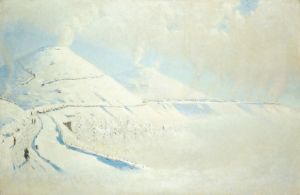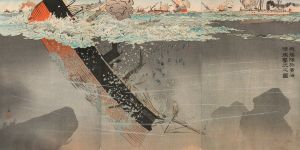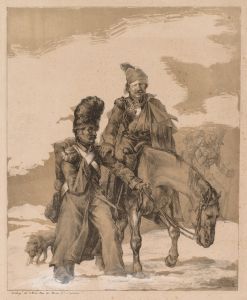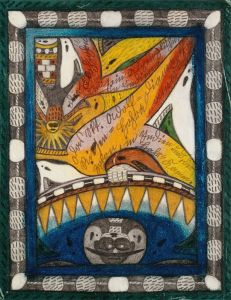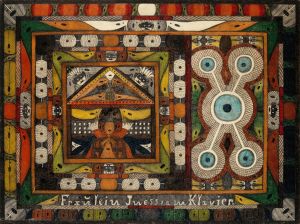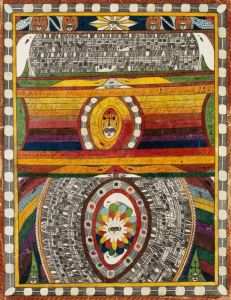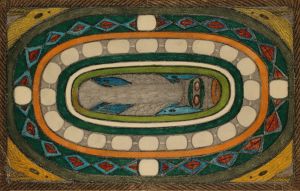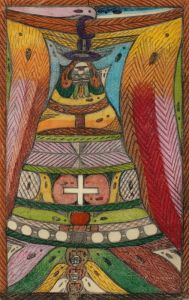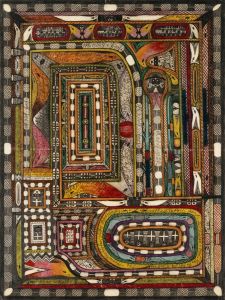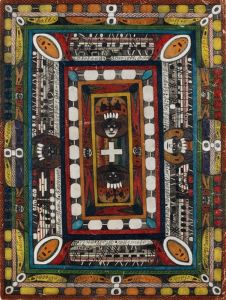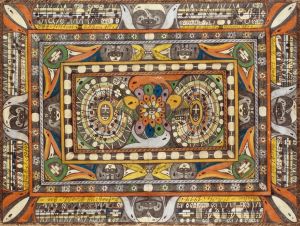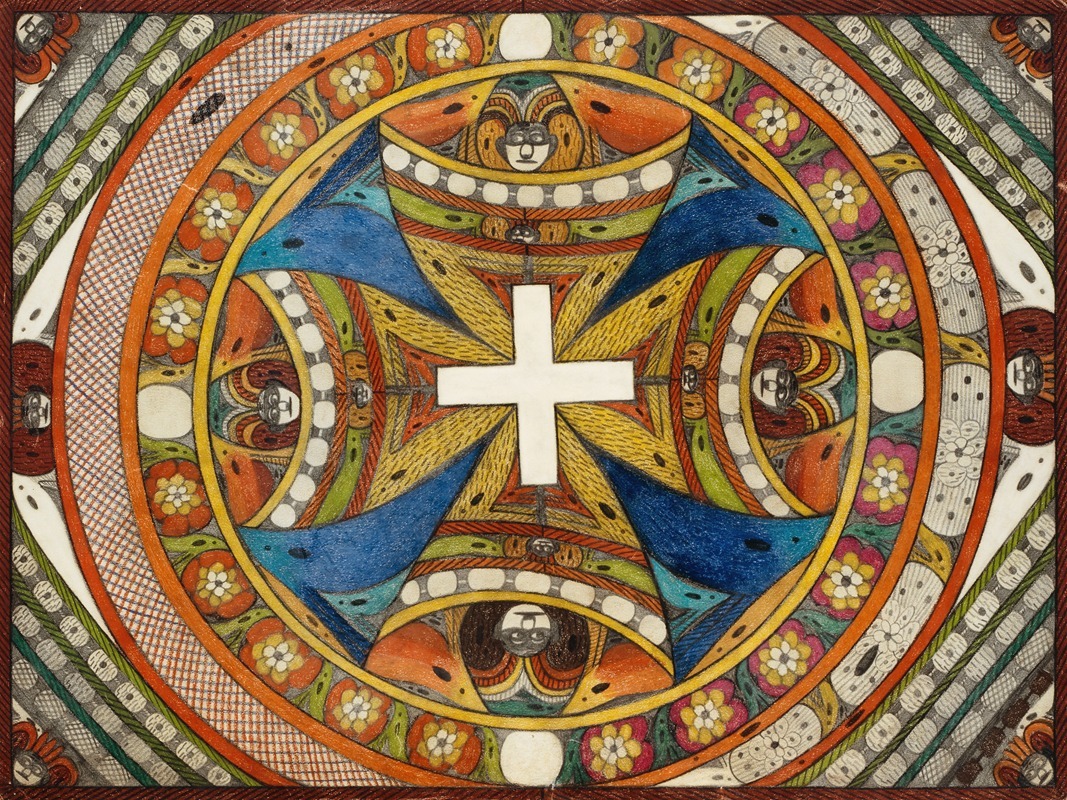
Roosali von Indien; Roosali von Rußland; Roosali von China; Und Roosali von Jappan im Skt. Adolf=Roosa=Gaarta
A hand-painted replica of Adolf Wölfli’s masterpiece Roosali von Indien; Roosali von Rußland; Roosali von China; Und Roosali von Jappan im Skt. Adolf=Roosa=Gaarta, meticulously crafted by professional artists to capture the true essence of the original. Each piece is created with museum-quality canvas and rare mineral pigments, carefully painted by experienced artists with delicate brushstrokes and rich, layered colors to perfectly recreate the texture of the original artwork. Unlike machine-printed reproductions, this hand-painted version brings the painting to life, infused with the artist’s emotions and skill in every stroke. Whether for personal collection or home decoration, it instantly elevates the artistic atmosphere of any space.
Adolf Wölfli (1864–1930) was a Swiss artist and writer, widely regarded as one of the most significant figures in the history of outsider art. His works, created during his long-term residency at the Waldau Psychiatric Clinic in Bern, Switzerland, are characterized by their intricate detail, vivid imagination, and unique combination of text, music, and visual art. Wölfli's art often depicted fantastical narratives, blending autobiographical elements with fictionalized accounts of his life and travels.
"Roosali von Indien; Roosali von Rußland; Roosali von China; Und Roosali von Jappan im Skt. Adolf=Roosa=Gaarta" is one of Wölfli's many complex and richly detailed works. Like much of his oeuvre, this piece is part of his larger project, a sprawling, multi-volume epic that he referred to as the "St. Adolf-Giant-Creation." This magnum opus combined drawings, musical notations, and narrative texts to construct an elaborate, imaginary universe centered around Wölfli himself as a heroic and divine figure.
The title of the work reflects Wölfli's tendency to incorporate global and cultural references into his art, often filtered through his own idiosyncratic lens. The names "Roosali von Indien," "Roosali von Rußland," "Roosali von China," and "Roosali von Jappan" suggest a fantastical representation of figures or entities associated with India, Russia, China, and Japan, respectively. However, these references are not grounded in accurate depictions of these cultures but rather serve as elements within Wölfli's imaginative and symbolic world.
The artwork itself is likely to feature Wölfli's signature style, which includes densely packed compositions filled with geometric patterns, swirling lines, and layers of text and musical notation. His use of bright colors and repetitive motifs creates a sense of rhythm and movement, drawing the viewer into his intricate and self-contained universe. The inclusion of musical notation in many of his works, including this one, reflects his interest in creating a multisensory experience, as he often envisioned his art as being accompanied by music.
As with much of Wölfli's art, the meaning of "Roosali von Indien; Roosali von Rußland; Roosali von China; Und Roosali von Jappan im Skt. Adolf=Roosa=Gaarta" is deeply personal and rooted in his unique worldview. It is not intended to be interpreted literally but rather as a window into the artist's inner world, shaped by his experiences, imagination, and mental health struggles.
Wölfli's work has been celebrated for its originality and complexity, and it has had a lasting impact on the field of outsider art. Today, his creations are housed in museums and collections around the world, with the Adolf Wölfli Foundation at the Museum of Fine Arts in Bern serving as a primary repository for his art and writings.





